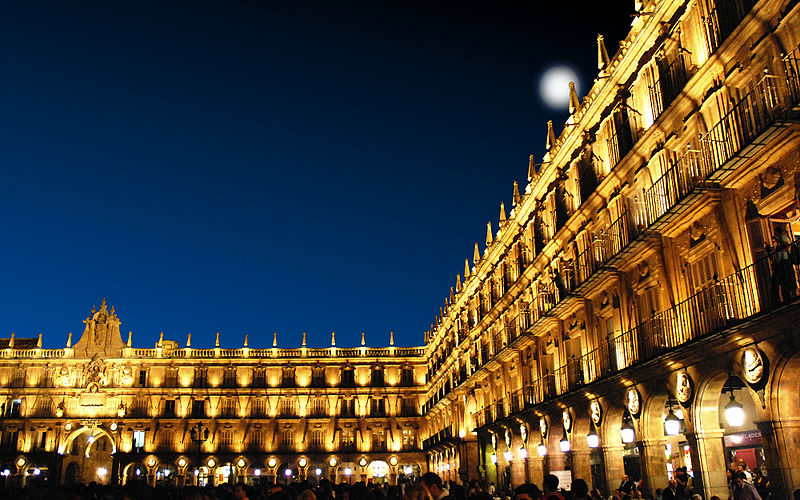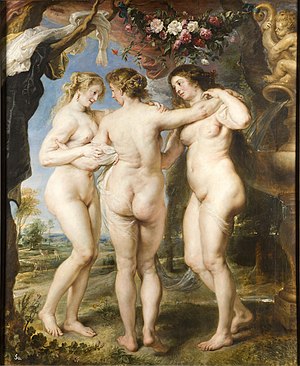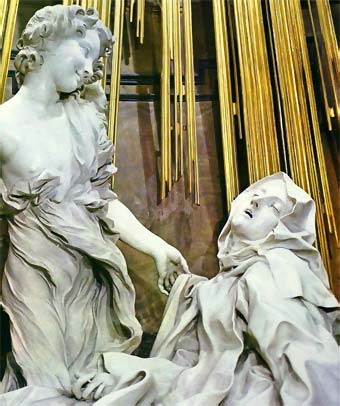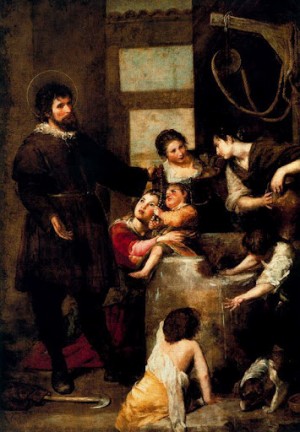Style: manirerismo Italian
Artist; Juan de Bolonia
Material and Technique: marble
Location: Loggia dei Lanzi ( Florence, Italy)
Iconographic analysis
Name: the kidnapping of the Sabina
Type of building and function: the scultures hows a scarty iconography without accesory or symbols convencionals
Formar analysis
Composition, space and decoration: is realized by it an alone black of white marble composed by three pronnient figure
Size: high 4,10m
Meaning
The picture it shows the mythological episode of the " kidnapping of the sabinas" on the part of founders of Rome
Name: 1599-1600
Style: Baroque
Artist: Caravaggio
Material and technique: Oil on canvas
Location: San luigi dei Francesi( Rome)
Iconographic analysis
Name: The calling of St Matthew
Type of building: It's a painting of Caravaggio
Formar analysis
Composition, space and decoration: the saint this one sat in fornt of to able with a group of persons garment as the contemporany ones of Caravaggio as in a scene on taverneSize: 3,38m x 3,48m
Meaning
The painting represent the history that narrates in the gaspeñ as St Matthew








_-_The_Girl_With_The_Pearl_Earring_(1665).jpg)








.jpg)
.jpg)
.jpg)
.jpg)








